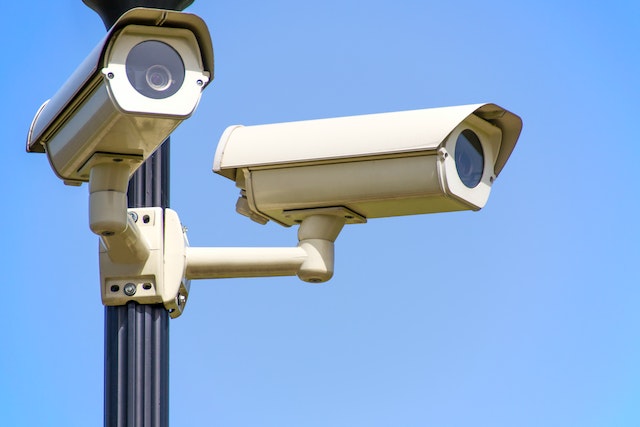Security is becoming a key concern for both organisations and people in the modern world. Security systems are a crucial tool for preserving safety and peace of mind, whether it’s protecting your possessions, assets, or loved ones. The thermal security camera is one of the most cutting-edge security technologies. The physics behind thermal imaging, the operation of thermal security cameras, their advantages, and their applications in numerous industries will all be discussed in this blog.
Understanding Thermal Imaging
A technique for identifying heat radiation emitted by an object or living thing is thermal imaging, commonly referred to as infrared imaging. This kind of imaging is based on the idea of infrared radiation, a sort of electromagnetic radiation that is outside the range of light that can be seen. Thermal cameras can detect the infrared radiation that every object that has a temperature over absolute zero produces.
A microbolometer is a specialised sensor used by thermal cameras that is made up of hundreds of small pixels and used to detect infrared light. When the microbolometer’s pixels are subjected to heat, they each produce an electrical signal, which is then utilised to produce a thermal image. The image displays a variety of hues that correspond to the heat that various items in the scene are emitting.
How Thermal Security Cameras Operate
Similar to other thermal imaging equipment, thermal security cameras operate in a similar manner. To find the items in the scene that are emitting heat radiation, they employ a microbolometer sensor. They do, however, come with extra functions like motion detection, alarm systems, and video recording capabilities since they are expressly made for security and surveillance purposes.
The Functions of Thermal Security Cameras
The operation of thermal security cameras is identical to that of other thermal imaging devices. They make use of a microbolometer sensor to identify the objects in the scene that are producing heat radiation. But, because they are specifically designed for security and surveillance purposes, they do include extra features like motion detection, alarm systems, and video recording capabilities.
The capability of thermal security cameras to detect heat signatures at a distance is another benefit. They can thus be used to keep an eye on big areas like parking lots, industrial sites, or building perimeters. Also, they are unaffected by weather factors like rain, fog, and smoke, which can obstruct the vision of conventional security cameras.
Uses of Thermal Security Cameras
There are many different fields and uses for thermal security cameras, such as:
Security around perimeters
Thermal cameras are frequently employed to keep an eye on the borders of commercial buildings, construction sites, and other secure places. They can keep track of motion, find intruders, and warn security workers of potential dangers.
Thermal cameras are also utilised in border security applications, where they can identify unauthorised border crossings and aid in the prevention of smuggling and other illicit activities.
Thermal cameras can be used in low- or no-light conditions to search for missing people. They can help search and rescue crews locate people in remote or hard-to-reach locations by spotting heat signatures from a distance.
Industrial Monitoring: In industrial settings, thermal cameras can be used to monitor machinery and equipment, seeing hot spots and other possible issues before they result in equipment failure or downtime.
Wildlife Monitoring
Thermal cameras can be used to track and detect animals in their natural environments as well as monitor wildlife numbers.
Advantages of Thermal Security Cameras
Compared to conventional security cameras, thermal security cameras have a number of advantages. Among these advantages are:
Low-Light Performance
Heat cameras are perfect for low- or no-light conditions since they can detect heat signatures in complete darkness.
